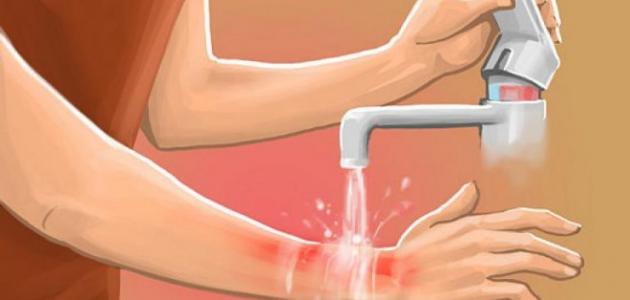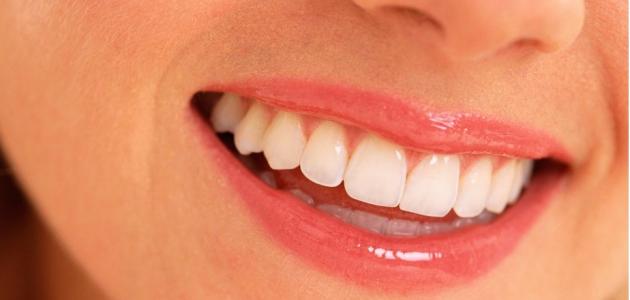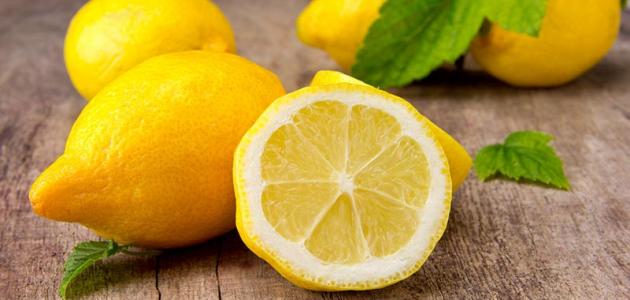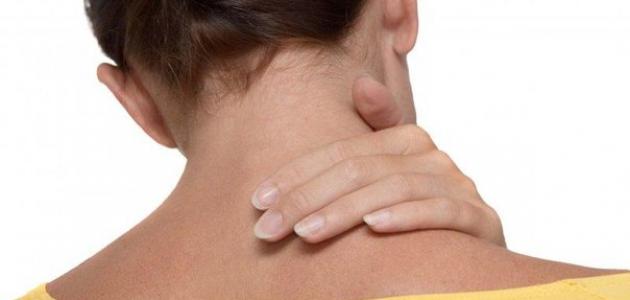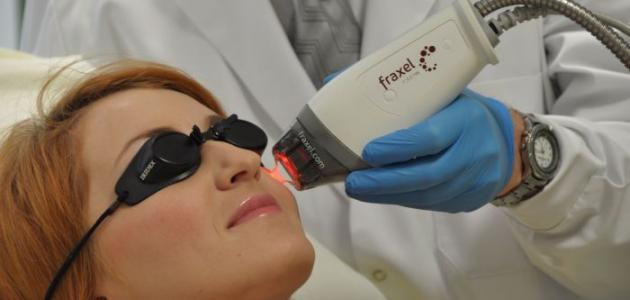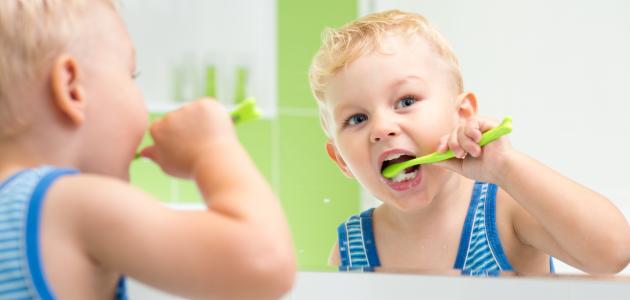burns
Burns are one of the most common household injuries, especially among children. A burn means injury to body tissue due to exposure to high heat from fire, boiling water, or steam. Burns are divided into four degrees, and third and fourth degree burns are considered among the worst types of burns that cause It causes significant damage to skin tissue and leads to the death of the cells in it.
Third-degree burns require rapid medical intervention. Burns include the outer layer of skin in addition to the entire layer of the dermis directly beneath it. This type of burn is caused by flames from a fire, an electrical source, a burning liquid, or any burning chemicals.
Symptoms of third degree burns
Third-degree burns need a lot of time to heal if they are not treated under medical supervision. With the exception of fourth-degree burns, they are the most severe and cause the greatest possible damage. Treatment is determined based on age, the severity of the burn, its location, the symptom that caused the burn, and the symptoms of burns. Third:
- Dry skin, and its tendency to turn black, white, brown, or yellow.
- Swelling.
- Not feeling pain due to the destruction of nerve cells in the burn area.
Complications of third degree burns
- Infection and diseases: Compared to other burns, third-degree burns are more susceptible to various types of infections, blood loss, and exposure to shock, which often leads to death. This is due to infection caused by bacteria that can penetrate exposed skin.
- Tetanus: Another obstacle facing people with third-degree burns, which is a bacterial infection that affects the nervous system and leads to muscle cramps.
Prevention of third degree burns
The best way to combat burns is to prevent them from occurring, by following some simple steps that we will mention below:
Read also:Benefits of Vaseline for eyelashes and eyebrows- Keep children away from the kitchen while cooking, and place the pot above the back of the oven to avoid it falling.
- Place a fire extinguisher in the kitchen, or somewhere close to it.
- Test smoke detectors - if any - once a month, and replace them every ten years.
- Maintain the water heater temperature below one hundred and twenty degrees Fahrenheit, and make sure to measure the water temperature before using it.
- Keep flammable materials in a safe place away from children.
- Install protective covers on electrical outlets if there are young children in the home.
- Keep chemicals in a place out of the reach of children, preferably in a tightly secured place.
